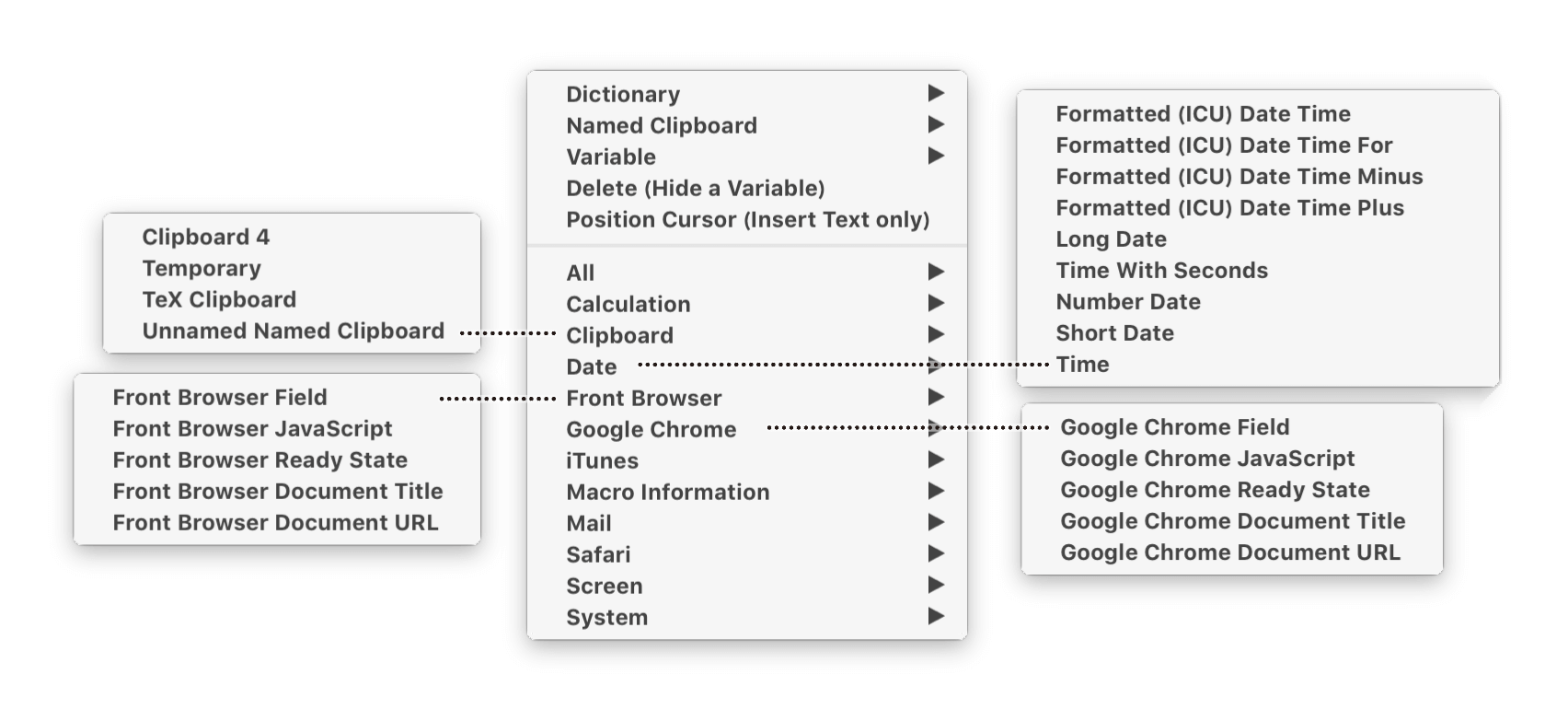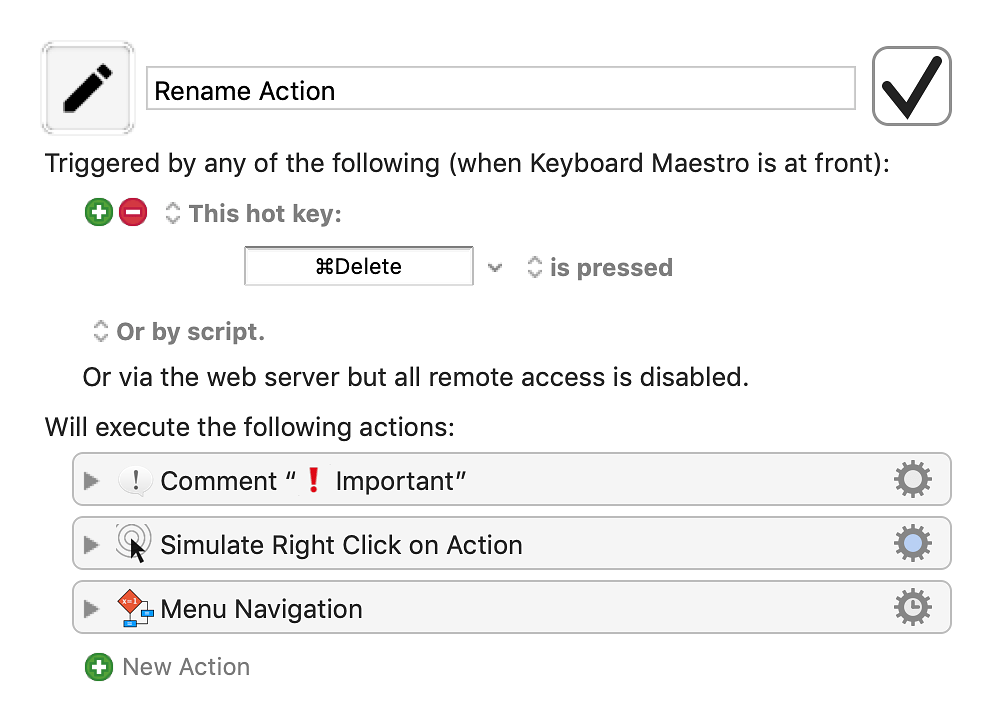

I suspect this will be fixed in a later version of OS X, but here's the good news: you don't need a separate shell script anymore.Īs I mentioned in the original article, Keyboard Maestro was always the best solution, but I added the launchd method as an alternative, even though it wasn't nearly as good. Unfortunately, as of OS X version 10.9.0, screencapture does not work if you use multiple monitors. That script was built around /usr/sbin/screencapture to take screenshots. My original solution was called screenshot journal, and it was built around a shell script which could be called either by Keyboard Maestro or by launchd. Mavericks broke the old version, but that's OK because this version is better anyway. If you want more detail, you can read the original post, or you can listen to Episode 71 of the "Home Work" podcast where I talked about it with my TUAW colleague (and "Home Work" co-host) Dave Caolo.

Review the screenshots at the end of the day to see where I spent my time, and make sure I didn't forget anything important. Then it hit me: a Keyboard Maestro macro which takes a screenshot every 30 seconds. I needed someone to walk around behind me taking notes of the things I was leaving behind, or some way to leave myself a trail of virtual breadcrumbs to retrace my steps. A more organized person would have kept notes or put things into OmniFocus, but I needed something that required no effort from me to maintain once I set it up.īy subscribing, you are agreeing to Engadget's Terms and Privacy Policy. I knew I wasn't going to be able to remember everything I had worked on, and I was afraid I would forget to go back and finish something. It was a day like too many others: I was being pulled in a dozen directions and couldn't keep track of all my different projects.

Now, as part of my quest to get people over the initial learning curve of Keyboard Maestro, I'm going to revisit Terminally Geeky Time Tracking via Screenshots and show you how I've made it much, much simpler.
#All actions currently disabled keyboard maestro plus#
So you can get both apps for less than the cost of either – plus five other apps! Grab that bundle. For $30 you get seven apps, including Keyboard Maestro (normally $36) and another utility I highly recommend, DefaultFolderX which normally sells for $35. Before I get into today's main topic, I want to remind you that until November 18th, you can get Keyboard Maestro as part of the current Productive Macs bundle.


 0 kommentar(er)
0 kommentar(er)
